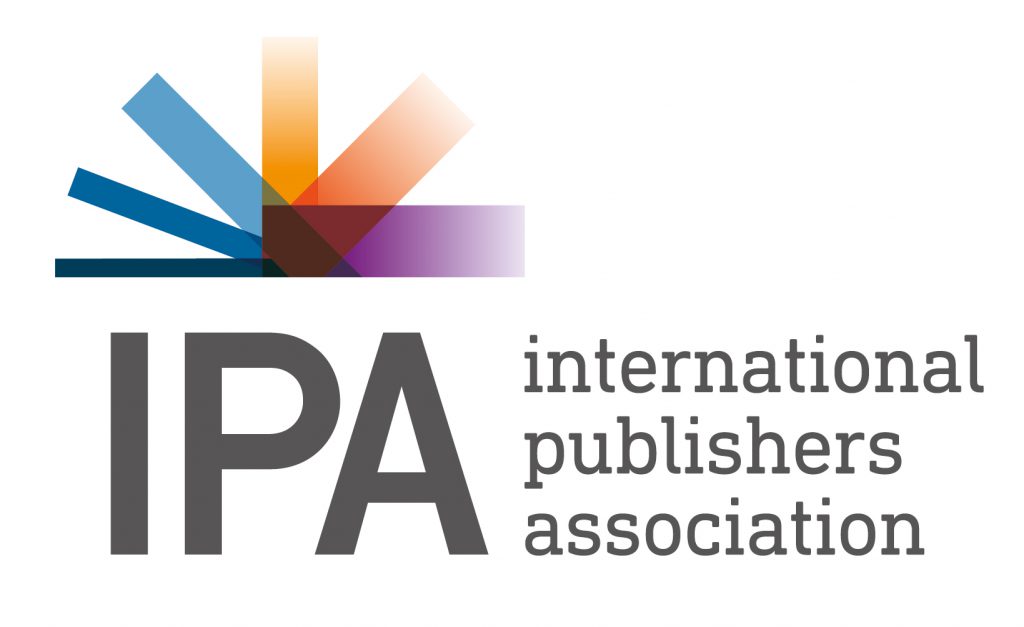Professor Blake Reid, of the University of Colorado, an IP and disability law maven, presented the skeleton of a new scoping study that will map the potential needs of people with ‘other disabilities’ and to determine the extent to which copyright law is affecting them.
The lunchtime lobbying event was staged by a group of organizations, including the Program on Information Justice and Intellectual Property (the PIJIP, which made an appearance in yesterday’s post) whose stated common goal is ‘fixing copyright for modern education’.
Among the speakers was Delia Browne, ‘education lead’ for Creative Commons Australia and Director of Australia’s National Copyright Unit (Schools and TAFEs). One of her roles is to consult on copyright law reviews in Australia, which means she’s never idle.
Delia began by noting that Australia is often held up as a benchmark in providing educational access, due to a system of statutory licensing which has been around since the 1980s and a whole series of exceptions.
However, she added that ‘one of the biggest problems’ in Australian copyright law is that ‘Part 5b’ covers ‘absolutely everything’, with insufficient exceptions for educational use.
Acknowledging the publishing industry’s concerns about expansion of exceptions, she said: ‘Some publishers do understand what our issues are about the bluntness of the statutory licence being applied to these types of uses,’ adding that what was needed was more dialogue between those pushing for copyright reform and the publishers. ‘We shouldn’t be at each other’s throats,’ she said.
Moderator Sean Flynn, from PIJIP, then asked her about the ‘horror story’ of Canada’s educational exceptions within its Copyright Modernisation Act, noting that her comments suggested she anticipated a similar movement in Australia.
Delia said the 2012 reforms were not the sole reason why Canadian educational publishers were ‘suffering from some disruption’, and to say that they were was ‘misleading’. Instead, she blamed increasing use of open access resources by Canadian schools and institutions, students’ increasing reliance on second-hand books, and the ‘huge transition from print to digital products’, as well as new media players like Apple and Google.
Among the audience members was independent Canadian educational publisher Glenn Rollans (Brush Education), who also happens to be vice-president of IPA member the Association of Canadian Publishers.
The side-event organizers didn’t invite questions from the floor, but afterwards Glenn told me his response would have been the following:
From a Canadian independent publisher’s perspective, today’s side session on fixing copyright for education underrepresented the potential problems with extending the education sector’s “free zone” for using copyright protected materials.
I heard during the session that broad exceptions for education don’t interrupt the purchasing of educational resources, don’t harm rightsholders, and are generally positive for the creative sector as well as for educators.
The Canadian experience, during the lead-up to our 2012 copyright act revision, was that schools and universities promised they would continue spending on copyright-protected resources as they always had, and wouldn’t take unfair advantage of a new education exception for fair dealing. Australia’s Delia Browne made more or less this same prediction for Australia if it makes similar changes in its copyright act.
But in Canada, hard on the heels of the new Act, school and college administrators circulated policies nation-wide advising teachers and instructors to go on copying what they had been copying under collective licenses, with the glad news that all of that copying was now free, including digital copying. They abandoned the collective licenses that used to provide some compensation to the people who created the resources, the resources educators still value enough to copy for their students.
It’s hard to make common sense of the suggestion that this doesn’t harm copyright holders by at least the value of the lost licensing revenue. Instead of acknowledging this, the education community in Canada continues to argue that there are several causes of rightsholders’ lost revenue, as if this means that no harm has been done. I heard the same theme in today’s session.
The new educational exception for fair dealing broke the marketplace in Canada. In a balanced system, compensated copying and distribution of partial works provides a good option to purchasing full resources. But free copying outcompetes purchasing. Even if the copying is limited to 10%, or one chapter, or one poem, or one image. As a small publisher, I can’t compete with free, and other independent publishers, authors, and artists are in the same predicament.
I believe fair dealing in Canada, as a concept and a practice, used to make good sense in Canada for purposes such as private study, criticism, and satire, but when the exception was extended to “education”, it crashed the system.
All rightsholders took a hit, but because of the crucial importance of licensing revenues in their livelihoods, Canadian independent authors, illustrators and publishers suffered more than bigger rightsholders. As a result, we are losing their distinctive contributions to education in Canada.
Fixing copyright for education shouldn’t mean breaking copyright for dedicated, effective contributors to education. With that in mind, I look forward to fixing copyright in Canada, and not breaking it elsewhere.

